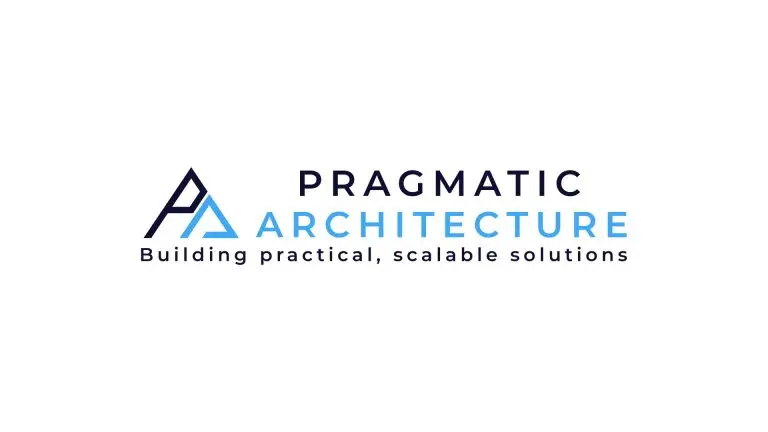In many organizations, Enterprise Architecture (EA) has traditionally been synonymous with rigid processes, extensive documentation, and time-consuming governance. While these frameworks—such as TOGAF, ArchiMate, and others—serve a purpose, the ever-evolving business landscape often demands more agile, outcome-oriented solutions. To stay competitive, companies need to shift from a process-heavy EA approach to an outcome-driven architecture that focuses on delivering tangible business value quickly and effectively.
But how can organizations make this shift? Here are key strategies to help you transform your EA practice into a more flexible, results-oriented function.
1. Focus on Business Outcomes, Not Processes
The first step in shifting to outcome-driven architecture is rethinking the priorities of your EA practice. In a process-heavy model, the emphasis is often on following the framework to the letter—developing extensive models, following governance structures, and ensuring compliance at every step. While this has its place, it can also delay the delivery of business value.
In an outcome-driven approach, the focus shifts to identifying and achieving specific business goals. Ask yourself:
• What are the most pressing business problems we need to solve?
• How can architecture enable faster time-to-market?
• What does success look like for this particular initiative?
Start by working directly with stakeholders across the business to define clear, measurable outcomes. This allows your architectural efforts to be laser-focused on solving real business challenges, rather than simply complying with process.
2. Start Small, Iterate, and Scale
A key difference between traditional EA and outcome-driven architecture is the approach to design and implementation. Instead of designing a complete solution upfront, you can adopt an iterative, incremental approach. Start with small, manageable projects that deliver quick wins and measurable business outcomes. Use these as learning opportunities to refine your approach as you go.
This iterative approach reduces risk and increases flexibility. It enables the architecture to evolve organically as new requirements emerge, rather than being forced into a rigid model at the outset. By continuously evaluating and improving on initial solutions, you can scale up successful projects and apply those learnings across the organization.
3. Empower Architects as Problem-Solvers, Not Gatekeepers
In many organizations, architects have historically been seen as the gatekeepers of processes and documentation. They often serve as enforcers of governance, ensuring that all projects align with the established architecture framework. While governance is important, it can also create barriers to agility and innovation.
In an outcome-driven approach, architects play a different role—they become problem-solvers and enablers of progress. Instead of focusing on enforcing rules, they work closely with business and technical teams to identify challenges and develop solutions that deliver value. They’re hands-on, collaborating with developers, product owners, and stakeholders to drive projects forward in real time.
This shift requires a cultural change within the architecture team itself. Architects need to embrace flexibility and adaptability, prioritizing results over rigid adherence to processes.
4. Simplify Governance for Agility
One of the main criticisms of traditional EA is its heavy reliance on governance structures. These governance processes often require approvals, reviews, and compliance checks that can slow down the development and deployment of solutions. In today’s fast-moving markets, this can be a significant disadvantage.
To adopt an outcome-driven approach, governance needs to be streamlined. This doesn’t mean abandoning governance altogether, but rather simplifying it to allow for faster decision-making and reduced overhead. Governance should focus on guiding principles rather than enforcing detailed processes. For example, you can establish high-level architectural guardrails that allow teams the freedom to innovate within a safe framework.
This more flexible form of governance provides the structure needed to maintain alignment with enterprise goals, while still allowing teams to respond quickly to new opportunities and challenges.
5. Measure Success Through Business Impact
In a process-heavy EA environment, success is often measured by adherence to frameworks, completion of documentation, or compliance with governance protocols. However, these metrics do not necessarily reflect whether architecture is driving real business value.
In an outcome-driven architecture approach, success is measured by the impact on the business. This might include:
• Increased revenue or cost savings from new solutions
• Faster time-to-market for new products or features
• Improved customer satisfaction or operational efficiency
• Enabling the business to pivot quickly in response to market changes
These metrics help to ensure that the architecture team is focused on delivering tangible results that contribute directly to business success.
6. Embrace Modern Development Practices
Outcome-driven architecture works hand-in-hand with modern development methodologies like Agile, DevOps, and Continuous Delivery. These practices promote rapid iteration, quick feedback, and incremental improvements—perfectly aligning with the goals of a flexible architecture.
Architects should work closely with development teams to integrate these practices into the architecture lifecycle. Instead of trying to define the architecture upfront in a vacuum, collaborate with developers to ensure that architecture evolves alongside the development process. This allows for more dynamic, real-time adjustments to the architecture as new information becomes available or as business needs change.
7. Foster a Culture of Collaboration
A key aspect of shifting to outcome-driven architecture is fostering collaboration across the organization. Traditional EA often operates in silos, with architects disconnected from the day-to-day work of development and product teams.
To succeed in an outcome-driven model, architects need to be embedded in cross-functional teams, working alongside developers, product managers, and business stakeholders. This collaborative approach ensures that architecture remains aligned with business goals and can evolve as needed. It also helps architects stay grounded in the practical realities of implementing solutions, rather than becoming bogged down in theoretical models.
Conclusion: The Future of Architecture is Pragmatic and Outcome-Driven
As businesses strive to stay competitive in fast-paced markets, architecture must evolve to be more agile and results-focused. By shifting from a process-heavy EA model to an outcome-driven architecture approach, organizations can deliver faster, more impactful results while remaining adaptable to future changes.
The key is to simplify, iterate, and focus on delivering real value. Empower your architects as problem-solvers, align their work with measurable business outcomes, and streamline governance to enable agility. In doing so, you’ll be well on your way to transforming your enterprise architecture into a true driver of business success.



